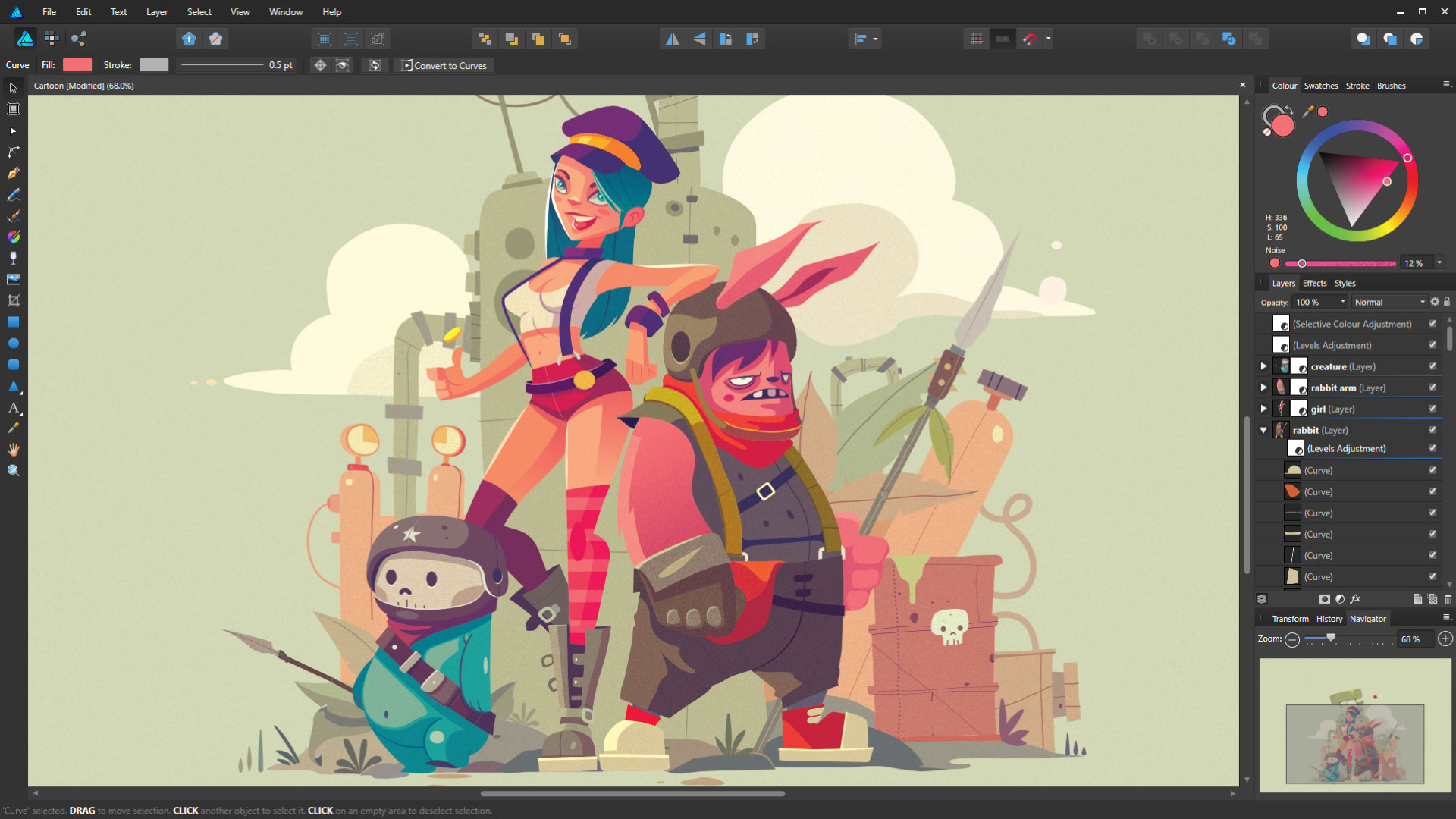

Open your Raw image in Adobe Camera Raw and click on the Save Image button in the lower left corner. Don’t worry, you won’t have to do this step once you have your profile created. If your camera does not create Raw images in the DNG file format, you will have to convert your Raw files to the DNG format to use the Adobe DNG Editor. It is great for creating a general purpose profile that will improve your camera’s color response under any light source just by creating a profile using natural daylight.
#Toutube adobe sketch for mac tutorial software
Profile Your Camera With Adobe DNG EditorĪdobe’s DNG Editor is a free, stand-alone piece of software that will allow you to create and edit DNG camera profiles.

#Toutube adobe sketch for mac tutorial download
Once you have your target images, download them to your computer. Create a ColorChecker chart image with any other cameras you use. It is a good idea to slightly bracket your exposures. If any square is too bright or too dark, the profiling software will not be able to create a profile. Make sure that your exposure is accurate. Once the target is evenly lit, go ahead and take a photo of the chart. Next, set your camera’s White Balance setting to Custom White Balance and adjust it using the white balance target on the reverse side of the ColorChecker. I like to use a light meter and check the exposure values at each of the four corners. Then, check to make certain that the chart is evenly illuminated. It is a good idea to have a profile created under natural daylight at the very least. Set up your light and place your ColorChecker chart under your light source. I am using the ColorChecker Passport from X-Rite.

This can be any 24-patch ColorChecker chart. The first step in profiling your camera is to create an image of a ColorChecker chart.


 0 kommentar(er)
0 kommentar(er)
